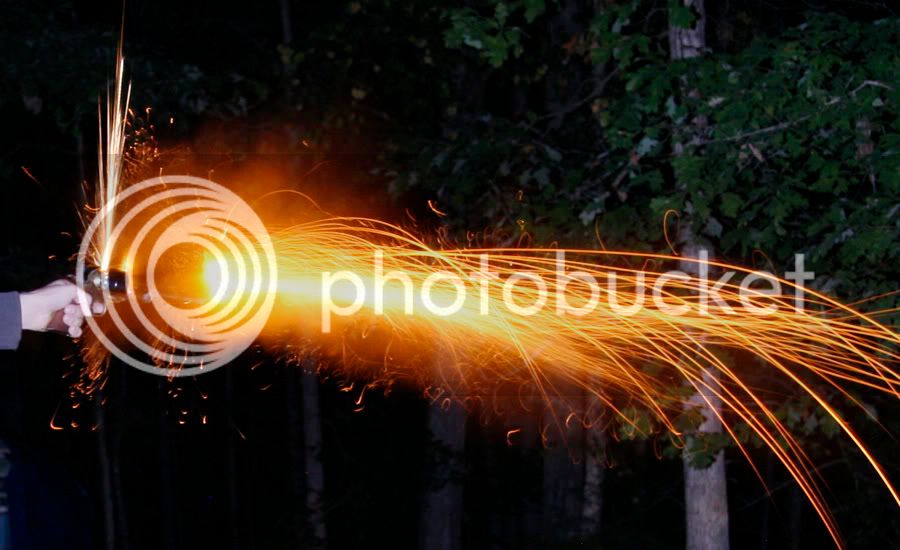Russ T Frizzen
70 Cal.
- Joined
- Nov 9, 2004
- Messages
- 5,007
- Reaction score
- 423
You can pack plain old beeswax in the chamber mouth, and tamp it in firmly around the ball with your finger. It will serve well as a lube, especially in warm weather.


Musketeer Von Blunderbuss said:The position of the hammer is what surprises me. Is that the cap blowing it back? :hmm:
David Teague said:Ah... No. That would be the pressure of the load not the little bit of pop from the cap.
:wink:
Cheers,
DT
LeMat1856 said:.
.
. oct 7 / 15:25
blizzard - way to go "southpaw." my favorite excuse for bad shots is always that it must be a right-handed gun !!
~daniel~
mykeal said:Powder, wad, ball.
In that order. That's all.
The lubed felt overpowder wad, when used correctly, accomplishes the same task as the chamber mouth grease (softens fouling and chainfire insurance) except it's not as messy.akjim said:Now I have to wonder what the over powder lubed wad actually accomplishes as the grease or lube over the ball is designed to reduce the potential for chain fire and probably promote easier cleaning.
Enter your email address to join: